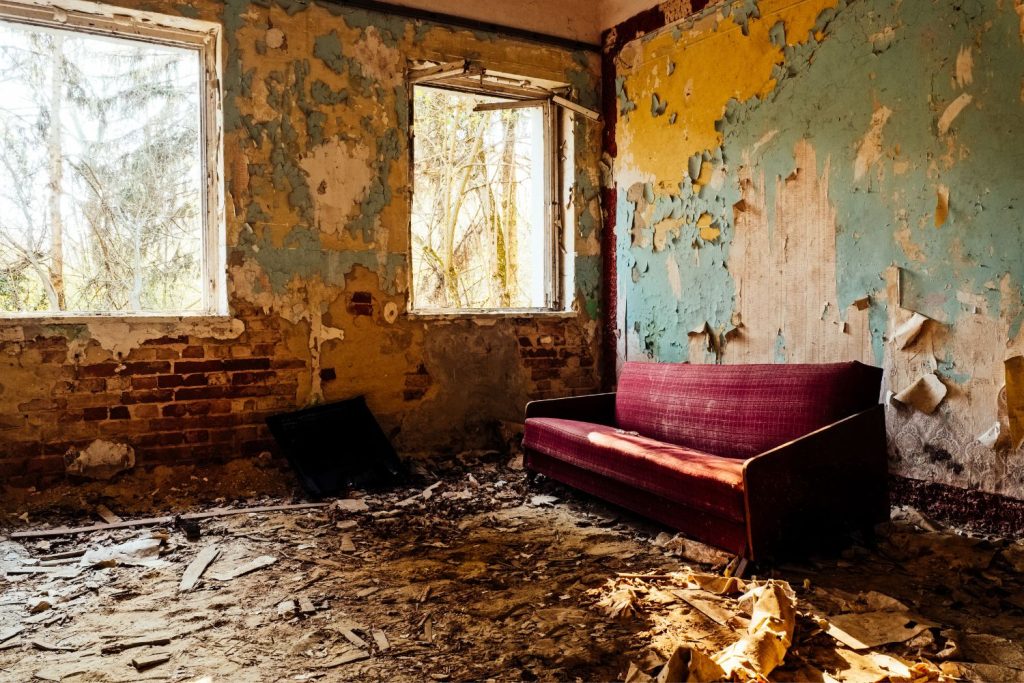
The allure of a derelict property often lies in the potential it holds for transformation. From renovation projects to investment opportunities, these neglected structures can harbour hidden treasures for the savvy buyer.
However, before plunging into such ventures, thorough examination and consideration are essential to avoid potential pitfalls. Here is a guide on how to check worn-out properties before making the decision to purchase.
Assessing Structural Integrity
The first step in evaluating a run-down property is to assess its structural integrity. Engage a qualified building inspector or structural engineer to thoroughly examine the foundation, walls, roof, and overall structural soundness of the property. Look out for signs of decay, water damage, cracks, and sagging structures, as these issues can be indicative of costly repairs.
Evaluating Legal and Regulatory Compliance
Ensure that the worn-out property complies with local building codes, zoning regulations, and environmental laws. Investigate any outstanding permits, violations, or liens that may affect the legality of the property or future development potential. Consulting with local authorities and obtaining relevant documentation is crucial to avoid legal complications down the line.
Assessing Renovation Costs
Estimate the costs involved in renovating the derelict property to bring it up to livable or marketable standards. Factor in expenses for structural repairs, electrical and plumbing upgrades, interior remodelling, and landscaping. Obtain quotes from contractors and specialists to develop a realistic budget for the renovation project.
Environmental Considerations
Conduct an environmental assessment to identify any potential hazards or contamination on the property. Run-down properties may have been subjected to neglect or misuse, resulting in environmental issues such as asbestos, lead paint, mould, or soil contamination. Engage environmental consultants to conduct thorough testing and remediation if necessary.
Researching Neighbourhood and Market Trends
Investigate the neighbourhood and surrounding area to gauge its desirability and market potential. Consider factors such as proximity to amenities, schools, transportation hubs, and employment opportunities. Analyse recent property sales and market trends to assess the resale value of the property and investment potential in the long term.
Financial Feasibility and Return on Investment
Evaluate the financial feasibility of purchasing and renovating the run-down property against potential returns on investment. Calculate the total acquisition costs, renovation expenses, holding costs, and projected resale or rental income. Conduct a thorough financial analysis to determine whether the investment aligns with your financial goals and risk tolerance.
Seeking Professional Guidance
Seek guidance from experienced real estate agents, property developers, and investment advisors who specialise in derelict properties. Their expertise and insights can provide valuable guidance throughout the due diligence process and help you make informed decisions.
Purchasing a run-down property can be a rewarding endeavour for those willing to undertake the challenges and risks involved. By conducting thorough due diligence, and assessing structural integrity, legal compliance, renovation costs, environmental considerations, market trends, and financial feasibility, prospective buyers can mitigate risks and maximise the potential of their investment. Remember, knowledge is power when it comes to buying worn-out properties, so take the time to research, consult with experts, and make informed decisions.
